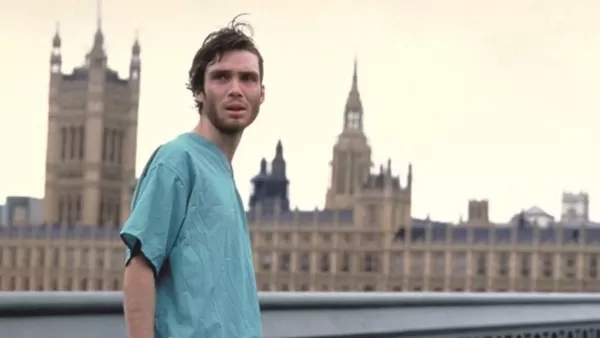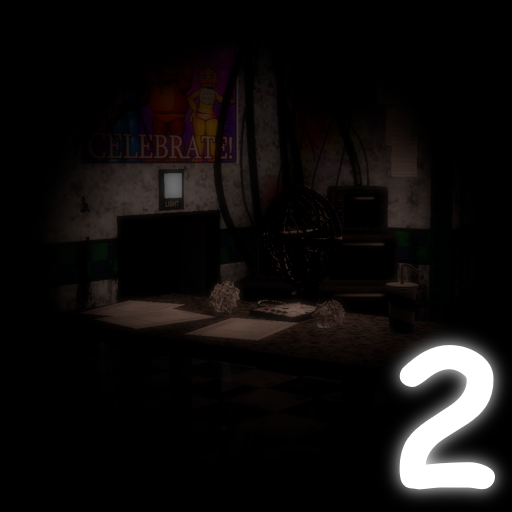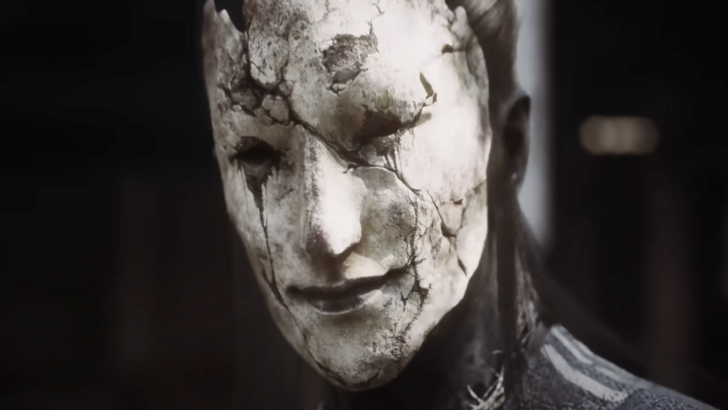Director Ryan Coogler's latest film, "Sinners," transcends the traditional vampire horror genre by vividly capturing the essence of Mississippi in the 1930s. The movie not only delves into the supernatural but also uses the powerful backdrop of the blues to explore the lives of its predominantly African-American characters, with Michael B. Jordan captivating audiences as the twin brothers Smoke and Stack.
As Eric Goldman noted in his enthusiastic review for IGN, "Sinners" is not just about the blood that vampires crave; it's also about the music that pulses through its narrative. The film features the blues, performed by characters like Sammie (Miles Caton) and Delta Slim (Delroy Lindo), at the heart of Smoke and Stack's establishment. Coogler utilizes this music to delve into the universal language of sound, which connects people across different generations and backgrounds, without them necessarily acknowledging the historical threads that bind them. The film introduces Remmick (Jack O’Connell), the charismatic vampire leader, whose connection to Irish folk music mirrors the blues' role in the story, offering a rich tapestry of cultural and historical exploration.
Coogler masterfully intertwines African-American blues and Irish folk music, using these elements to illuminate the painful colonial histories of both humans and vampires. These musical traditions are celebrated through spectacular set pieces that Goldman describes as making "Sinners" "musical adjacent," allowing audiences to both see and hear the timeless impact of music on its creators and listeners.
In a recent interview with IGN, Coogler discussed the significance of blues and Irish music in "Sinners," the film's standout musical sequences, and the deeply personal nature of the vampire antagonist, Remmick, comparing his emotional investment in this character to that of Killmonger in "Black Panther."
**IGN: Can you talk about what blues music means to this world and these characters?**Ryan Coogler: Blues music represents a celebration of full humanity for these characters. It's intertwined with the church, which is why it's categorized as such, but it's also been called "the devil's music" due to the judgments placed on it and its associated culture. While the church focuses on the soul, blues music embraces the entire human experience—both the soul and the flesh. It acknowledges the pain, desires, and flaws of life, serving as both a rebellion against their oppressive circumstances and a celebration of their resilience and beauty. The juke joint becomes a sanctuary where people can express their true selves, away from the harshness of daily life.
IGN: What’s your read on the vampire community? They bring all these people of different races and backgrounds together but now they’re a collective rather than individual. There’s probably a lot of ways people could interpret what that means.
Ryan Coogler: I love this film and want it to resonate with audiences as authentically as possible. Once "Sinners" is released on April 18th, it becomes the audience's to interpret. I poured my heart into creating Remmick, much like I did with Killmonger in "Black Panther." I was fascinated by crafting a master vampire who defies initial perceptions, especially in terms of race. It's exciting to explore a character who connects deeply with people from different backgrounds, highlighting the universal nature of struggle and connection.
25 Best Vampire Movies of All Time
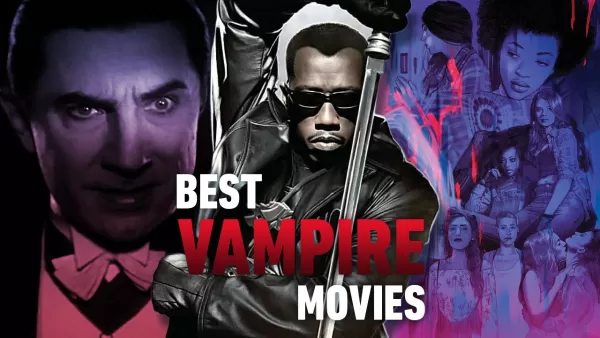
 26 Images
26 Images

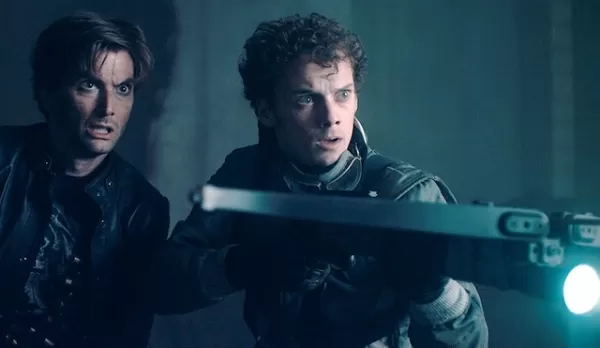
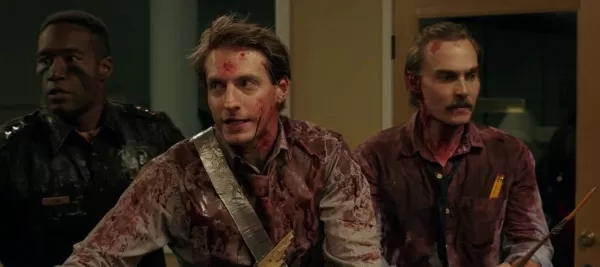 IGN: My two favorite sequences in this movie are the two big showstopping musical set pieces. The juke joint one and then the vampires get theirs too.
IGN: My two favorite sequences in this movie are the two big showstopping musical set pieces. The juke joint one and then the vampires get theirs too.
Ryan Coogler: Those scenes are the essence of the film, showcasing fellowship and love, which are central themes. They reflect the resilience and rebellion of people under imperial oppression. The juke joint scene, staged as a one-er, plays with time to illustrate the timeless nature of music and its ability to bring people together. The Irish folk music sequence for the vampires mirrors this, celebrating the hidden contrasts and resilience found in both African and Irish cultures.
Sinners Gallery
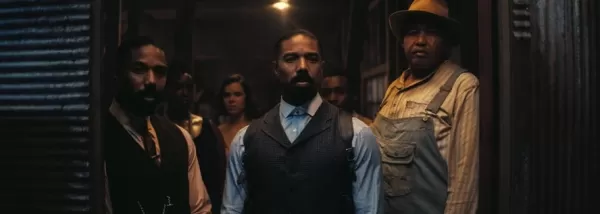
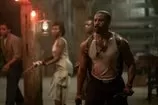 12 Images
12 Images
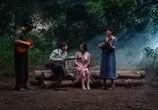

 IGN: The juke joint sequence is particularly amazing because it's staged as a one-er. You're playing with time, and you're showing the cultural crossovers too. Visually, you're showing us how music is timeless, or at least what it brings out in people is timeless. At what point did you realize you wanted to play with time in that scene?
IGN: The juke joint sequence is particularly amazing because it's staged as a one-er. You're playing with time, and you're showing the cultural crossovers too. Visually, you're showing us how music is timeless, or at least what it brings out in people is timeless. At what point did you realize you wanted to play with time in that scene?
Ryan Coogler: The idea to play with time came during the writing process. I wanted to capture the feeling of being in a room with people who understand and appreciate a virtuoso performance, which transcends the everyday. Through cinema, I aimed to communicate this transformative experience, reflecting the reasons behind the emergence of juke joint culture in the 1930s—a response to the denial of freedom and a celebration of life against all odds.
IGN: There’s that second tour de force musical set-piece later, and it's from the vampires’ perspective using traditional Irish folk music.
Ryan Coogler: Irish folk music, like the delta blues, is filled with contrast and resilience. It tells stories of struggle with vigor and hidden meanings, much like the blues. Both cultures celebrate life amidst adversity, using music and dance as expressions of defiance and joy. Remmick, despite his differences, connects with these themes, highlighting the universal nature of human struggle and the power of music to transcend boundaries.






